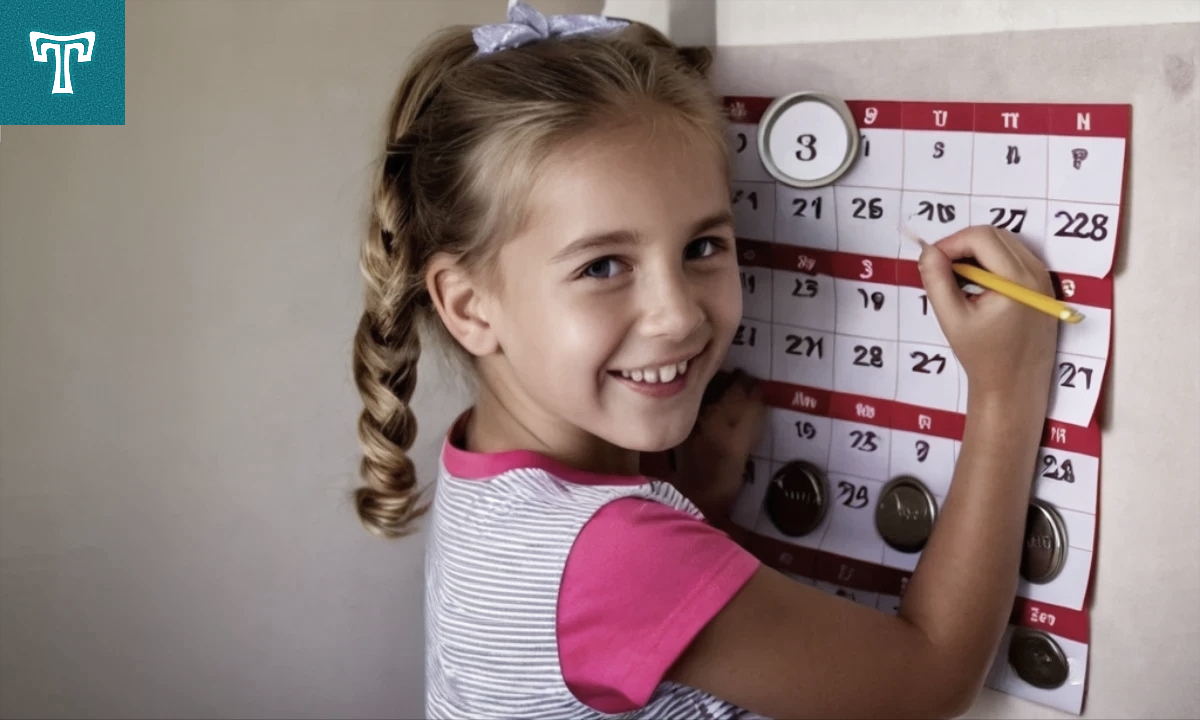Introduction to Family Schedule Organization
Managing the schedules of a busy family can often feel like a juggling act. With work, school, extracurricular activities, appointments, and social commitments, it’s easy for things to fall through the cracks. However, with the advent of technology, organizing family schedules has become more manageable, thanks to shared calendar apps. In this guide, we’ll explore valuable tips and strategies for effectively organizing family schedules with a shared calendar, streamlining your daily routines and reducing stress.
Choosing the Right Shared Calendar App
Selecting the right shared calendar app is the first step towards effective family schedule organization. With numerous options available, it’s essential to choose an app that offers features tailored to your family’s needs. Consider factors such as compatibility, user interface, syncing capabilities, and accessibility across devices. Popular shared calendar apps include Google Calendar, Apple Calendar, Cozi, and Microsoft Outlook.
Setting Up Your Shared Calendar
Once you’ve chosen a shared calendar app, the next step is setting up your family’s shared calendar. Create individual profiles for each family member within the app, allowing them to view and edit their schedules independently. Establish color-coded categories for different types of events and commitments, such as work, school, appointments, and social activities. This visual distinction makes it easier to identify events at a glance and ensures everyone stays organized.
Syncing External Calendars
Integrating external calendars into your shared calendar is crucial for comprehensive schedule management. Sync work calendars, school calendars, extracurricular activity schedules, and personal calendars with the shared calendar app to avoid double booking and conflicts. Ensure that syncing settings are properly configured to update in real-time across all devices and platforms. Address any syncing issues promptly to maintain accuracy and reliability.
Assigning Responsibilities and Tasks
Dividing responsibilities and tasks among family members is essential for maintaining an organized schedule. Assign tasks such as meal planning, grocery shopping, household chores, and transportation duties to specific individuals. Set deadlines and reminders for tasks within the shared calendar app to ensure accountability and completion. Encourage open communication and collaboration to streamline household responsibilities.
Adding Recurring Events and Activities
Streamline your family’s routine by scheduling recurring events and activities in the shared calendar. Include regular commitments such as school pickups, sports practices, music lessons, and family dinners as recurring events. Create recurring reminders for household chores, bill payments, and other routine tasks to ensure they’re not overlooked. This automation saves time and reduces the likelihood of scheduling conflicts.
Utilizing Notifications and Alerts
Take advantage of notifications and alerts within the shared calendar app to stay informed about upcoming events and commitments. Configure notifications to receive reminders for important deadlines, appointments, and activities. Set up alerts for last-minute changes or cancellations to adapt quickly to unexpected developments. Customizing notification settings based on individual preferences ensures that everyone stays informed without feeling overwhelmed.
Managing Conflicts and Overlaps
Addressing scheduling conflicts and overlaps proactively is essential for maintaining harmony within the family schedule. Review the shared calendar regularly to identify potential conflicts in advance. Communicate openly with family members about overlapping events and commitments, prioritizing and rescheduling as needed. Encourage flexibility and compromise to accommodate everyone’s needs and priorities.
Incorporating Flexibility into the Schedule
While organization is essential, it’s also important to incorporate flexibility into the family schedule. Allow room for spontaneity and last-minute changes, recognizing that unexpected events may arise. Build buffer time into the schedule to account for unforeseen delays or emergencies. Embrace the occasional deviation from the plan as an opportunity for adventure and spontaneity.
Establishing Communication Channels
Effective communication is key to successful family schedule organization. Establish regular family meetings or check-ins to review the shared calendar and discuss upcoming events. Use messaging apps or group chats to communicate quick updates, reminders, and changes in real-time. Encourage open dialogue and active participation from all family members to ensure everyone feels heard and valued.
Reviewing and Updating the Calendar Regularly
Consistent review and updating of the shared calendar are essential for maintaining accuracy and relevance. Conduct weekly or monthly calendar reviews to assess upcoming events, commitments, and deadlines. Update the calendar promptly with new events, changes, and cancellations to keep everyone informed. Regular maintenance ensures that the shared calendar remains a reliable tool for family schedule organization.
Sharing Responsibilities for Calendar Maintenance
Sharing responsibilities for updating and maintaining the shared calendar promotes accountability and ownership among family members. Assign roles for specific tasks such as adding events, updating schedules, and resolving conflicts. Encourage each family member to take responsibility for their individual contributions to the shared calendar. By sharing the workload, you’ll ensure that the calendar remains up-to-date and accurate.
Protecting Privacy and Security
Maintaining privacy and security is paramount when using a shared calendar app for family scheduling. Set privacy settings within the app to control who can view and edit events on the shared calendar. Avoid including sensitive information such as personal details, financial data, or confidential appointments in shared events. Protecting privacy and security safeguards your family’s personal information and promotes trust within the household.
Celebrating Achievements and Milestones
Celebrate achievements and milestones within the shared calendar to acknowledge your family’s accomplishments and special occasions. Add birthdays, anniversaries, graduations, and other milestones to the calendar to commemorate these significant events. Use the calendar as a tool for reflection and gratitude, celebrating the journey and accomplishments of your family together.
Conclusion
Organizing family schedules with a shared calendar is a powerful tool for simplifying your busy lives and fostering harmony within the household. By following the tips and strategies outlined in this guide, you’ll streamline your daily routines, reduce stress, and enhance communication and collaboration among family members. Embrace the opportunity to create a well-organized and efficient schedule that allows for flexibility, spontaneity, and togetherness.
FAQs:
What are the benefits of using a shared calendar for family scheduling?
A shared calendar simplifies family scheduling by centralizing all events, appointments, and commitments in one accessible location. It promotes collaboration, communication, and accountability among family members, reducing the likelihood of scheduling conflicts and missed appointments.
How can I ensure privacy and security when using a shared calendar?
To protect privacy and security, set privacy settings within the shared calendar app to control who can view and edit events. Avoid including sensitive information in shared events and regularly review and update privacy settings to maintain confidentiality.
What should I do if there is a scheduling conflict or overlap in the shared calendar?
Address scheduling conflicts and overlaps proactively by reviewing the shared calendar regularly and communicating openly with family members. Prioritize events based on importance and urgency, and reschedule conflicting commitments as needed to maintain harmony within the schedule.
Can I sync external calendars with a shared calendar app?
Yes, most shared calendar apps offer syncing capabilities that allow you to integrate external calendars such as work, school, and personal calendars. Syncing external calendars ensures that all events and commitments are centralized and updated in real-time across all devices and platforms.
How often should I review and update the shared calendar?
It’s essential to conduct regular calendar reviews to assess upcoming events, commitments, and deadlines. Aim to review the shared calendar weekly or monthly and update it promptly with new events, changes, or cancellations to keep everyone informed and organized.



